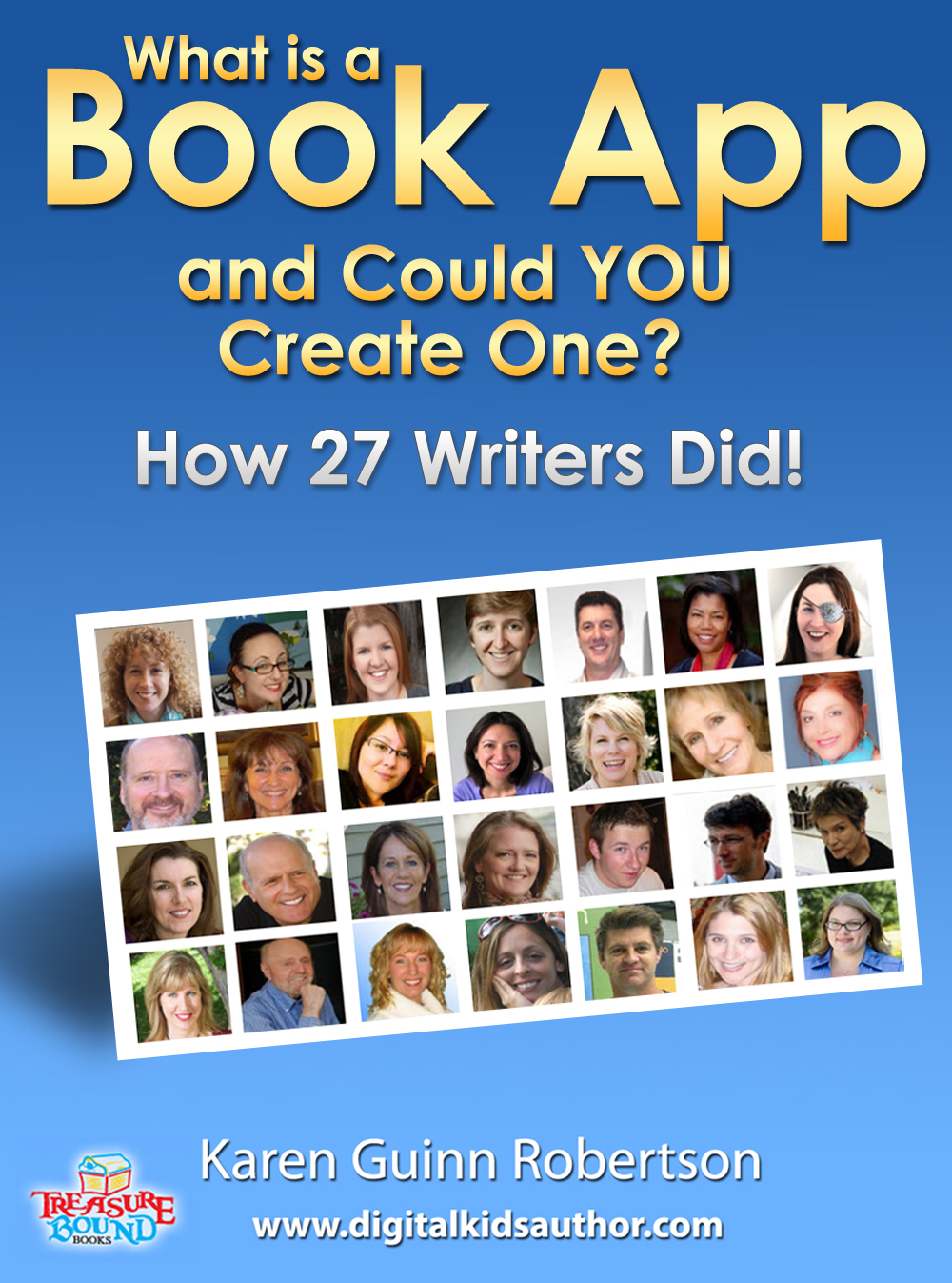How
to Format your Creativity and Provide Notes to External
Developers/Artists
by
Lauren Freeman, writer and co-founder of Laloo
the Red Panda
As
an independent app developer, I'm asked the same questions time and
time again, “How did you design the app? How did you provide notes
to the team you worked with? What kind of documentation did you use?” I
am writing this post in an effort to shed some light on the process I
used, and hopefully, to ground the process for aspiring app creators.
This
is an instructional article, but in order to explain my thought
process, I should provide a
little background info. I am primarily a writer, but I also have
experience as an art/animation producer and have been lucky enough to
work with some of the best art directors, artists and animators in
the business at companies such as Kabam.
I
started my career as an aspiring animation screenwriter. I spent
several years, writing animated features on spec and working with
animation writers/directors to provide notes on their scripts. I
never made millions selling a feature screenplay, but I did learn a
ton about the writing process and how to format your ideas for a
predominantly visual medium.
Laloo
the Red Panda started out as an 85-page screenplay that had been
collecting dust on my shelf. The
first thing I did when I decided to create a book app was to sit down
with the script for Laloo the Red Panda. I was utterly stumped. How
does one convert an 85 page script into a 30-something page
children's story that should ideally, have no more than 1000 words?
The
answer wasn't easy... I rewrote the entire story. If you want to
read more about how I got the inspiration for the story, you can
check out this interview HERE.
Long story short, it took me about six months of writing and
rewriting to finally have a complete story that was less than 1000 words, and in my opinion, sounded good when
read out loud (which is very important for an audio format like
iPad).
After
I had the text for the story, I knew I would have to convey the
audio/visual and development elements to an external team. First, I worked with two local artists to design the main characters and the backgrounds. I did this because in my experience, when working with studio artists, you should have your vision close to realized prior to expecting them to work on the artwork. Some studios are great at concept art, but if you don't want to take a chance and spend a lot of money on trial and error, its best to identify an individual artist with a style that you love to come up with a style guide prior to working with the studio.
I've included a sample page from the style guide at the end of this article.
I spent a few months coming up with a style guide with rules on how to create characters and background art, along with tons of reference material. From there, it was time to turn my story into a page by page spec for the app that the artists could follow. I naively did a Google search for book app formats and came up dry. Bound and determined to come up with a solution for myself, I sat down with PowerPoint and after some trial and error, I came up with this format.
















